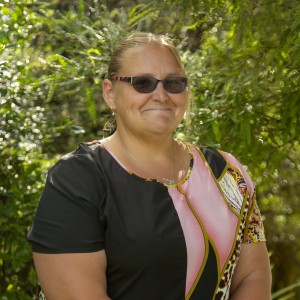Our learning intentions were:
- to identify and create the rule in sequential patterns
- to master our timetables and use them in other areas of mathematics
Practicing measurement was fascinating, seeing the wide range of things individuals could find and measure correctly.
Playing games has been a fun way to learn my timetables.
With the extra practice, I can answer the timetables faster.
It is good to be challenged against Quade because we are both at about the same level in our timetables.
Using these newly developed multiplication skills, we have been able to explore the concept of area. Interestingly, the mathematical concept of area has proven easier than expected when we know our timetables. Students can use the length and width of everyday objects to calculate the total space inside the shape. In lockdown, students were asked to build huts, bivouacs and work out the area of their homes. In class, we have worked out the area of our desks, tables, and other classroom objects to redesign the classroom layout to maximise our space.
Area requires you to measure the object’s height and multiply it by its width using the same units, and then you have the total area. You always need to put a number 2 above the unit of measure to show it is squared.
We have been able to work out the area of a triangle now as it is half the total area of the rectangle it fits inside.
After studying area, we moved on to measuring liquids. Everyone had fun working out the amount of liquid an object can hold. It was wet and oh so messy.
The height of the container doesn’t mean it holds more water.
Using the cup to record how much water we put in made it easier to work out their capacity in cups.
I found estimating the most challenging part, as I thought containers looked deeper than they were.
This container holds the most water.
Oh, I was wrong. They all hold the same amount of water. What happened there?
Since I can stack the containers inside each other, the wide and short containers can hold as much as the tall and narrow containers, meaning they have the same area inside them.


Comments are disabled for this post.